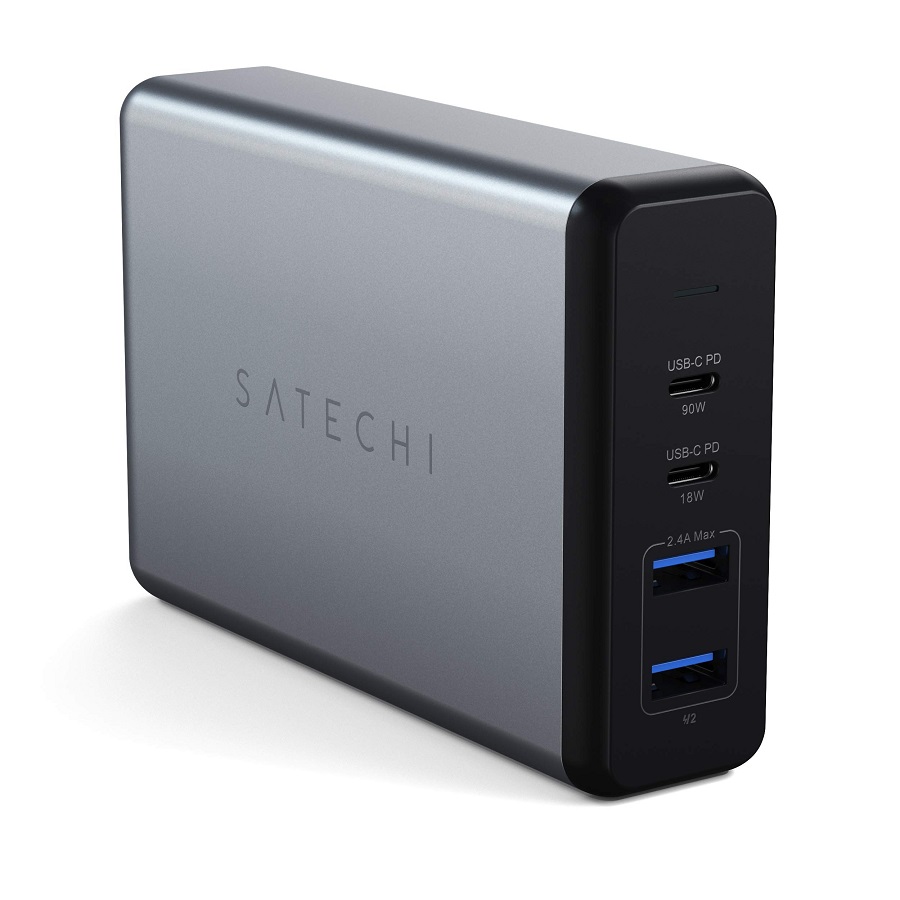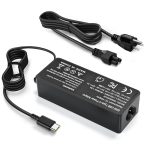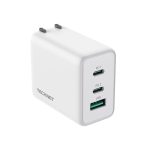What is USB C and Power Delivery (PD)?
USB C refers to a type of connector. It has a reversible design. This makes it easy to plug in. You don’t need to check its orientation. Power Delivery, or PD, is a charging standard. It allows for faster power transfer. This means your devices charge quicker than they would with older USB types.
A USB C PD charger can deliver up to 100 watts of power. Traditional USB chargers usually offer much less. It uses a technology called ‘negotiation.’ Devices and chargers talk to determine the best power level. This negotiation helps to maximize charging efficiency.
For example, a smartphone might not need the full 100 watts. The USB C PD charger will only deliver the power needed. This can help preserve your device’s battery life. It also speeds up charging times.
The beauty of USB C and PD lies in its versatility. You can use it for smartphones, laptops, tablets, and more. It is quickly becoming the standard for charging and data transfer.
Moreover, a USB C PD charger is future-proof. As devices demand more power, these chargers are ready to deliver. They are a smart investment for anyone who uses multiple devices.
In essence, USB C combined with PD technology represents a significant leap in charging capabilities. It is redefining how we power our devices efficiently and safely.
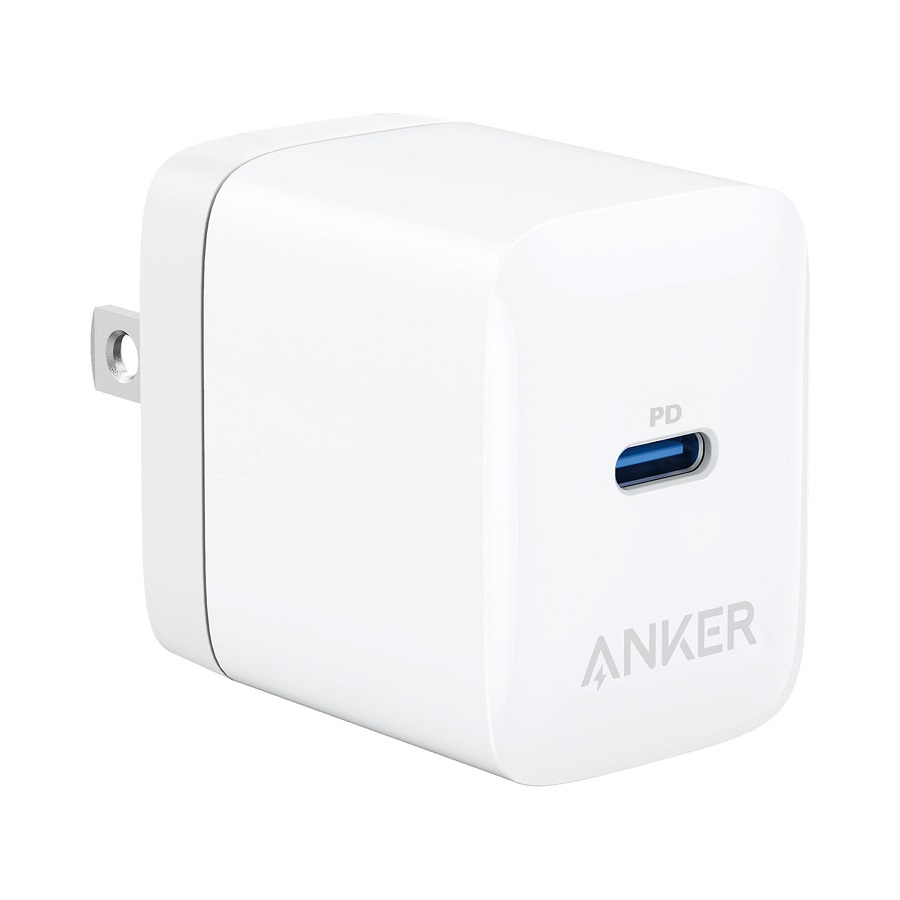
The Evolution of Device Charging Standards
The journey of device charging has come a long way. The earliest chargers were bulky and slow. They relied on larger USB Type-A connectors. Charging speeds were limited. It would take hours to fully charge a device. These connectors were also unidirectional. This meant users often struggled to plug cables in correctly.
Advancements have taken us from USB 1.0 to today’s USB C PD chargers. With each upgrade, charging became faster and more efficient. USB 1.0 and 2.0 offered slow data transfer and charging speeds. USB 3.0 improved upon this, but it wasn’t until USB C’s arrival that we saw true innovation.
This eliminated the plugging-in problem. And with the adoption of Power Delivery, our devices now charge quicker than ever. The tech behind PD supports higher power levels. This means faster charging times for our ever-evolving gadgets.
In this evolution, convenience was critical too. USB C PD charger began supporting multiple devices. You could now charge phones, laptops, and tablets with a single charger. This represented a shift towards a more universal and streamlined charging ecosystem. The direction was clear: make charging simpler, faster, and more reliable.
We’re now in an era where the right charger can impact your device’s performance. A good charger can extend battery life and reduce charging times. So, while the standards have evolved, the aim has always been to enhance user experience. USB C PD technology exemplifies this progress. It sets the bar for modern charging solutions.
Comparing USB C PD Chargers with Traditional Chargers
When considering USB C PD charger versus traditional ones, several differences stand out. USB C PD charger are far more efficient. They deliver more power than most traditional chargers. Traditional chargers generally offer around 2.5 watts to 12 watts. USB C PD charger, however, can provide up to 100 watts. This means devices power up much faster.
The design of USB C chargers is another key difference. The reversible connector avoids the common issue of incorrect plugging. Traditional USB connectors could be fiddly and frustrating. But with USB C, there’s no wrong way to connect it.
Another benefit of USB C PD chargers is the ‘negotiation’ technology. This allows the charger and device to decide on the optimal power transfer. In contrast, traditional chargers have a fixed output. This can lead to slower charging and wasted energy.
Finally, versatility sets USB C PD chargers apart. They are compatible with a broad range of devices. From smartphones to laptops, one charger fits many. Traditional chargers usually cater to specific devices. This limits their use across different types of tech.
To sum up, USB C PD chargers are more powerful, efficient, and versatile. They offer a user-friendly design and smarter charging. This makes them a preferred choice over traditional models.
Key Benefits of Using USB C PD Chargers
The adoption of USB C PD chargers comes with a multitude of advantages. Here we highlight the key benefits that these innovative chargers offer, ensuring a superior charging experience compared to traditional options.
Faster Charging Speeds
- USB C PD chargers drastically cut down charging times. They deliver up to 100 watts of power, enabling rapid battery replenishment.
One Charger for Multiple Devices
- Versatility is a strong suit. A single USB C PD charger can power a range of devices, from smartphones to laptops.
Enhanced Portability
- These chargers are smaller and more compact. They contribute to a streamlined, travel-friendly tech setup.
Future-Proof Technology
- Investing in a USB C PD charger means readiness for next-generation devices that demand more power.
Improved Safety Standards
- Built-in negotiation protocols not only optimize power delivery but also enhance safety by preventing overcharging.
Energy Efficiency
- USB C PD chargers are designed to optimize power use, reducing waste and saving energy.
User-Friendly Design
- The reversible design of the USB C connector eliminates the hassle of plugging in cables the wrong way.
Implementing USB C PD chargers in your daily routine promises convenience, efficiency, and forward compatibility. Whether you’re at home, work, or on the go, these chargers are set to improve how we power our gadgets.

How to Choose the Right USB C PD Charger
Choosing the right USB C PD charger requires understanding your devices’ needs and charger capabilities. Here’s how to make the best choice:
- Check Power Requirements: Look at your device’s specs. Find out the maximum power input it can handle. Choose a charger that matches or exceeds this rating.
- Consider Charger Wattage: A higher wattage charger can power larger devices and charge more quickly. If you use a laptop or tablet, opt for chargers offering 60 watts or more.
- Look for Certification: Certified chargers ensure safety and reliability. Search for chargers with USB-IF certification to avoid compatibility issues.
- Review Portability: If you travel often, a compact and lightweight charger should be your go-to. Check the size and weight of the charger.
- Assess Build Quality: Good build quality means the charger will last longer. Read reviews or check the warranty offered by the manufacturer.
- Verify Multiple Ports: For charging multiple devices, pick a charger with several ports. This adds to its versatility.
- Inspect Cable Quality: The cable that comes with the charger must be sturdy. It should support the charger’s power output too.
- Gauge Price Points: More features typically mean a higher price. Balance the cost against the features you genuinely need.
Matching a USB C PD charger to your devices enhances charging efficiency and overall experience. Keep these tips in mind for a wise purchase.
Compatibility and Usability Across Devices
USB C PD chargers boast wide-ranging compatibility. This is a strong point in their favor. They work with a variety of devices. Smartphones, tablets, laptops, and more can benefit from a single charger. This universal compatibility simplifies tech use. It reduces the need for multiple chargers. As a result, users enjoy a clutter-free and more manageable setup.
With the inclusion of Power Delivery (PD), usability extends further. High-powered devices can charge at optimal speeds. Lower-powered gadgets will not suffer from overcharging. The charger adjusts the power output to match the device’s needs. This flexibility makes USB C PD chargers a smart choice for tech enthusiasts. You get a reliable, adaptable charging solution for your ever-changing collection of devices.
Another usability perk is the streamlined cable management. USB C PD chargers often require just one cable type. This is a departure from the past where each device might need a different cable. This one-for-all approach makes packing and organizing tech gear easier. For families or shared spaces, this can mean less confusion and more efficiency.
Lastly, the widespread adoption of USB C ports in recent devices improves cross-compatibility. They ensure that your USB C PD charger will serve well into the future. Tech manufacturers are embracing this standard. It’s reasonable to expect that new devices will support USB C PD charging. Owning a USB C PD charger positions you ahead of the curve, ready for upcoming tech developments.
Safety Features of USB C PD Chargers
USB C PD chargers come with essential safety features. These features protect both the device and the user. The built-in negotiation protocol is vital. It ensures the charger only delivers the right amount of power. This prevents overcharging, which can harm battery life.
Another key safety element is overcurrent protection. This stops too much current from damaging your devices. Many chargers also include overvoltage protection. This guards against power surges. A surge can cause severe damage if not controlled.
Temperature control is another safety mechanism. Chargers monitor heat levels during use. If a device gets too hot, the charger may reduce power or shut off. This keeps both the device and charger from overheating. Overheating can lead to battery degradation or even fires.
Certifications also play a role in safety. Look for USB-IF certification. It confirms the charger meets industry standards. This includes safety guidelines. Chargers without certification might not be as reliable or safe.
Lastly, quality materials in the charger’s construction prevent physical damage. A sturdy build can last longer and deal better with wear and tear. USB C PD chargers with these safety features give peace of mind. They ensure safe, efficient charging for all your devices.
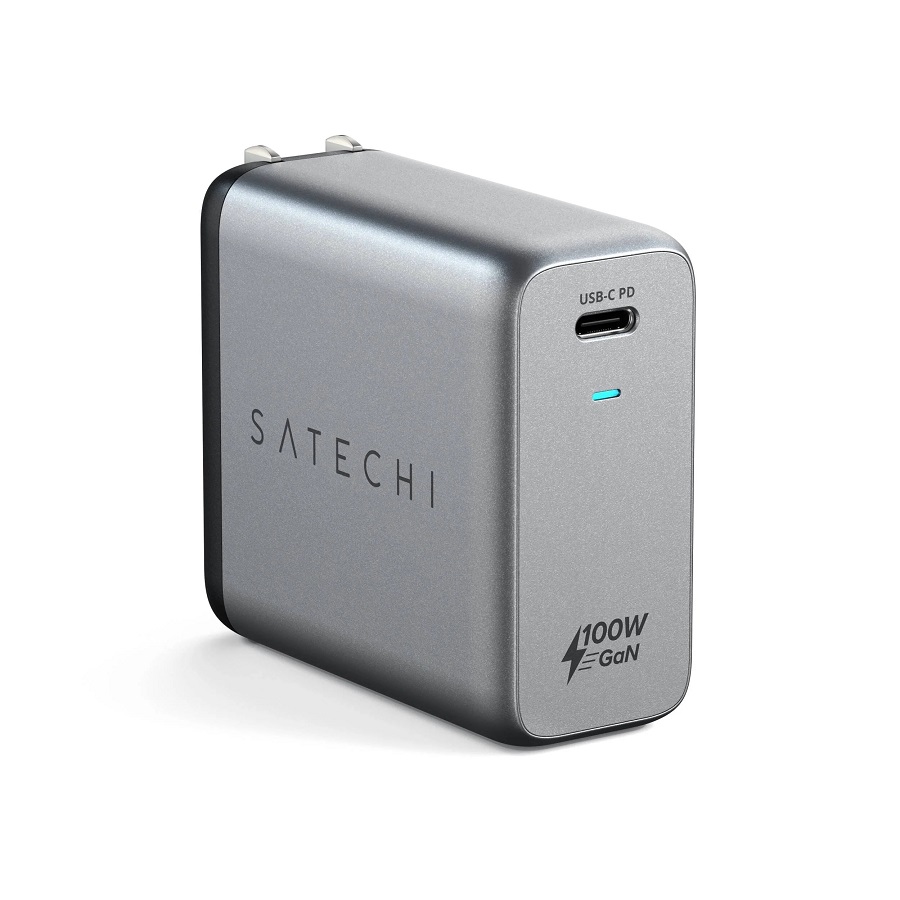
Future of USB C PD Charging Technology
The future of USB C PD charging technology looks incredibly promising. As technology progresses, we can expect even more advancements in charging speed and power delivery. Here’s what the future may hold:
- Increased Power Limits: Future USB C PD chargers might exceed the current 100-watt limit. This would allow for charging more power-intensive devices quickly and efficiently.
- Wider Compatibility: As new devices emerge, USB C and PD will likely become standard features. This means universal compatibility and simpler connectivity.
- Smarter Chargers: Advancements in chip technology could lead to smarter chargers. They would adjust power delivery more precisely, improving charging times and battery health.
- Eco-friendly Options: We may see a rise in chargers made with sustainable materials, as well as those that feature better energy conservation methods.
- Wireless Charging Integration: USB C PD technology could merge with wireless charging, creating versatile and cable-free charging stations.
- More Safety Features: Future chargers will continue to improve on safety protocols, further protecting devices from potential charging hazards.
In summary, the trajectory for USB C PD chargers is upwards. They are set to offer faster, safer, and more eco-conscious power solutions for all our portable devices.
